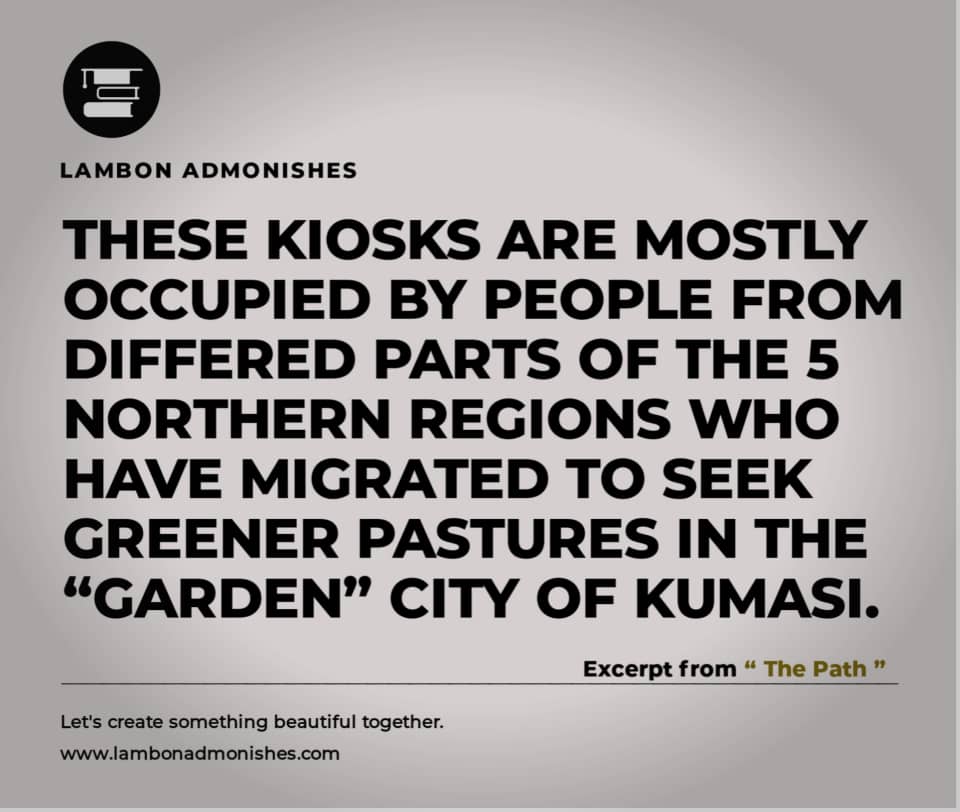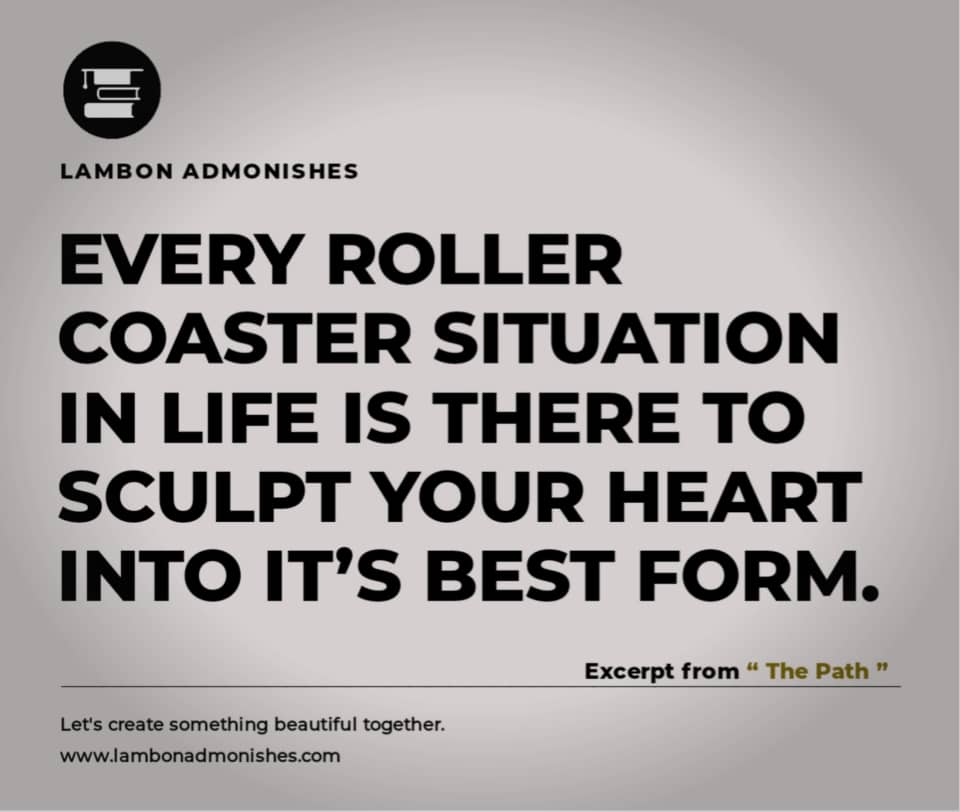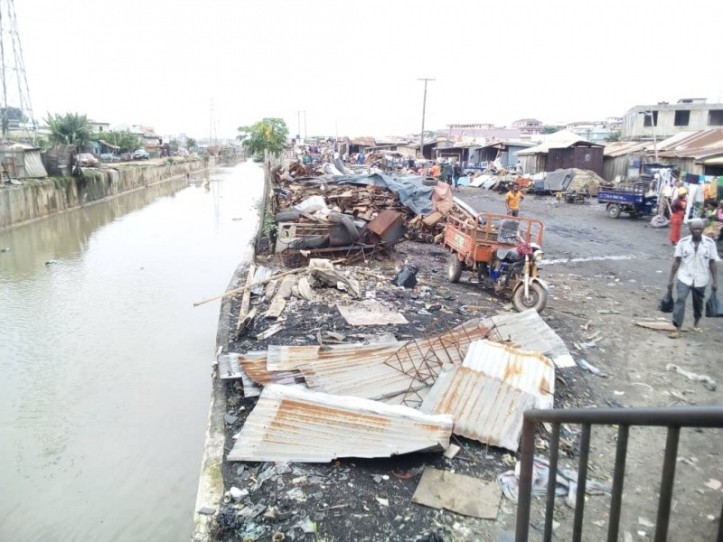
Dusty, tarred, muddy and tidy were the contrasting nature of surfaces Jamus and I walked on to school. We had to do ourselves the favor of setting off as early as possible with the prospects of being the first persons to report in class. There used to be a sort of honor in been a constant early-comer back then and as young as we were, it was one of the very fulfilling moments although there were no tangible rewards presented in that respect. We preferred to set off when no community cock had crowed yet. The road to school was not just a mere routine walk but one characterized by complex maneuvering, strategic dashing, careful swinging and vigilant walking at the backyards of crooked buildings, heaps of sand and uncompleted projects.

These attributes were necessary as one had to deal with the complex movements in a slum community. Undoubtedly, there was a tendency of pupils coming across a herd of gigantic cattle on their way to school. This development was so common that I was tempted to believe that the cattle loitering around in those times of the morning outnumbered the people who were off their beds. Upon getting closer and closer to the Anwiam stretch of the Subin drain, the level of precaution and focus needed to dodge mud and cow dung could be comparable to that of walking on the “Kakum” canopy walkway. Negligence will mean that one’s white socks turn brown even before reaching school.

Just along the big drain are an uncountable number of stalls popularly known as “kiosks” in the Ghanaian setting, which are lined up sequentially. These kiosks are mostly occupied by people from differed parts of the 5 northern regions who have migrated to seek greener pastures in the “garden” city of Kumasi.

Whether or not they have been given the limelight by the appropriate authority to settle there, one obvious development has been that their numbers are rapidly increasing and that area is gradually turning into a mini-city.

Passing by every single day, my brother and I usually have discussions about the dangers likely to threaten the lives of those living there. Surely, mosquitoes bred by the dirty drain, the bushy surroundings known for harboring snakes and the poisonous emissions from electronic gadgets burnt by these settlers describe how poor sewage system, the lack of environment management and incessant air pollution are capable of endangering the lives of residents. Across the drain is another community, but this time with a well structured and planned layout. The illiterate majority on one side of the drain and the literate minority on the other (Kiosks on one side and fully furnished buildings on the other respectively). The bridge appeared to be the only common thing shared by these two groups of residents. As we walked past the bridge on our way to school, there was nothing to fear anymore for there is no mud ahead to stand our way.

In our minds, our walk to school is actualized when we reach the feeder road. On this route, one had to apply the road safety precaution of “face the oncoming vehicle”. A long stretch was the only thing insight as we needed to walk briskly to be in contention for the early-comer accolade. Funny enough, Felix; a good friend and a classmate of ours, who stayed around the area at times joined us at the junction of the stretch. There, the battle for individual supremacy fades away. On lucky days, we are saved from the long walk when we get free rides from generous people whose destinations are the same as ours. Just at the entrance of the school sat the bread seller from whom most students including us purchased some before entering the school premises to get a beverage in addition as breakfast.

Plying that complicated route day-in-day-out pointed how diverse and distinct lifestyles could shape ones way of thinking and understanding peculiar issues faced by different groups of people. It was enjoyable though and always reminds me of the proverb, “Every roller coaster situation in life is there to sculpt your heart into it’s best form”.

Peace 🕊️
Listen to audio podcast here.
